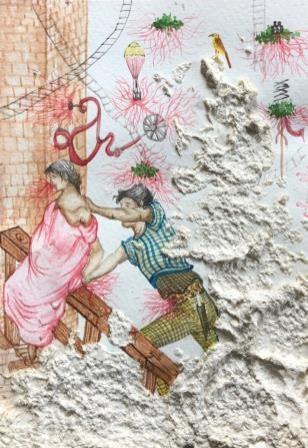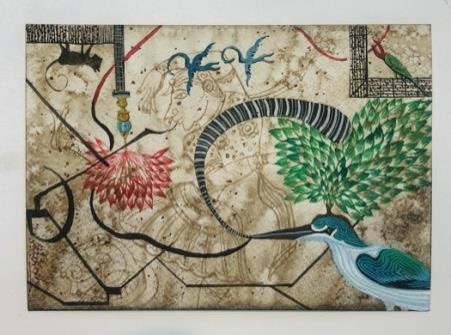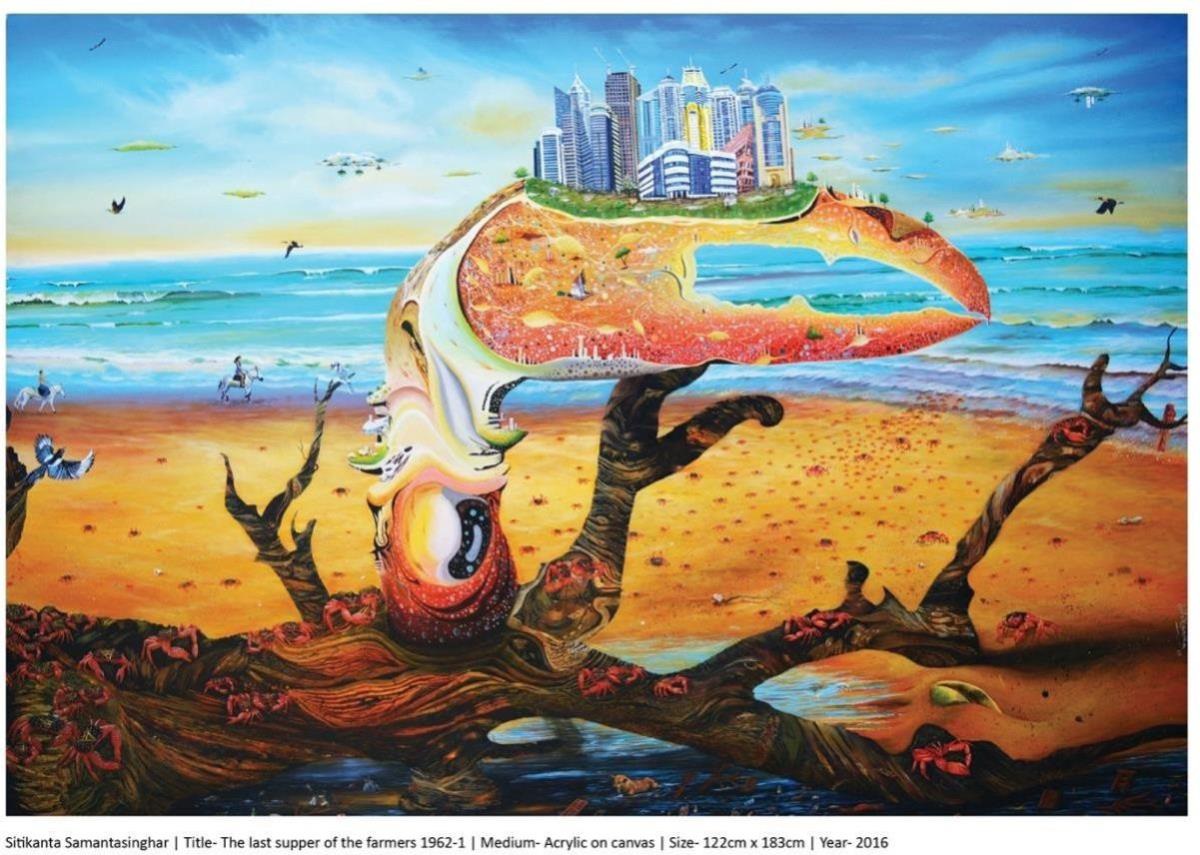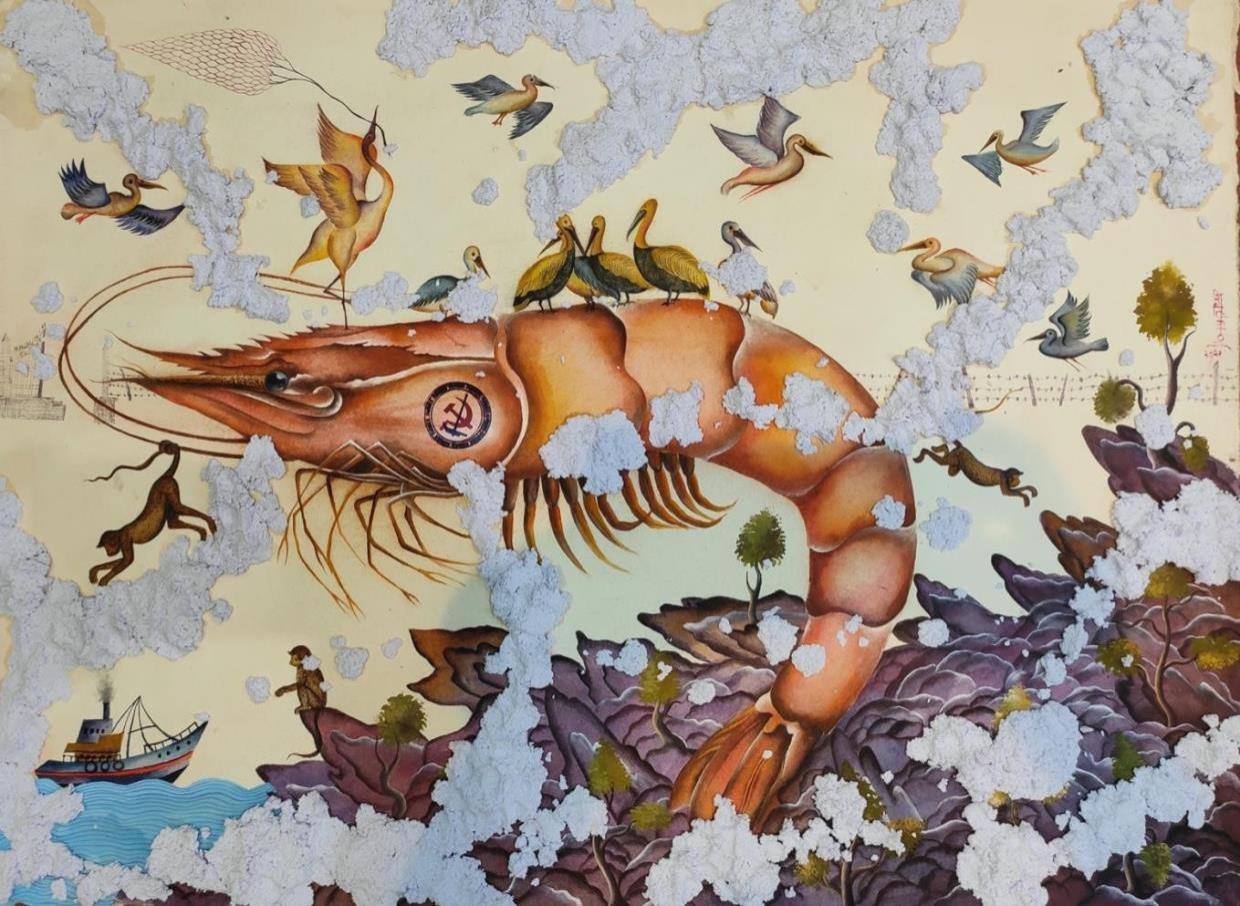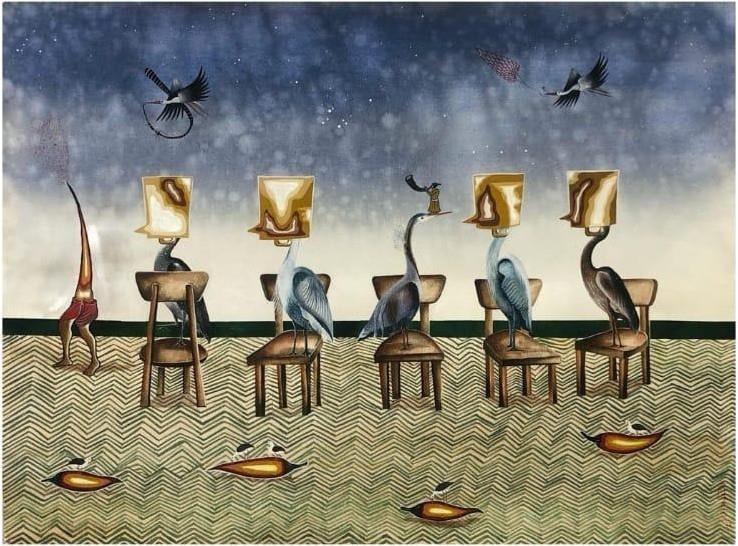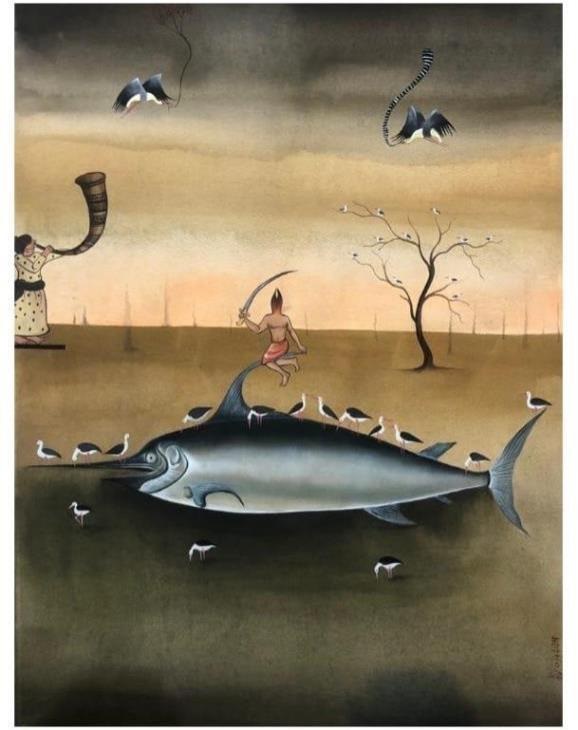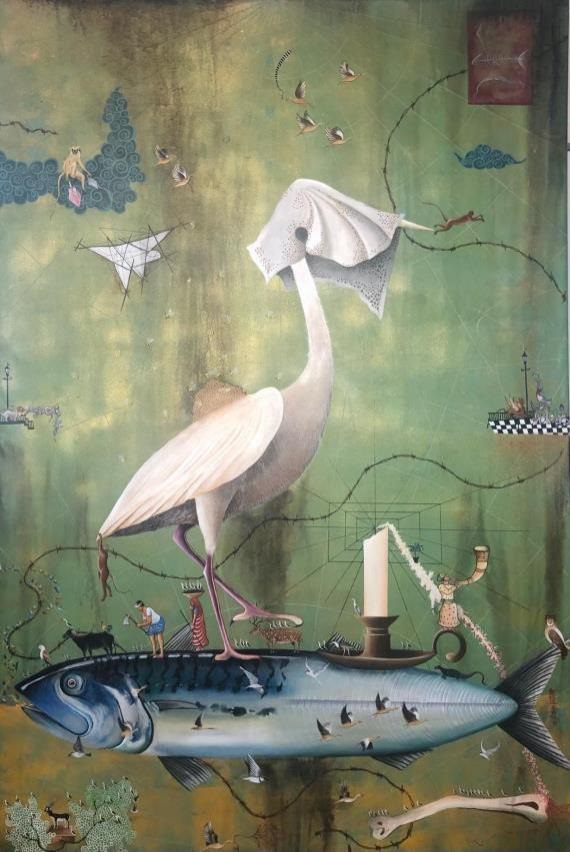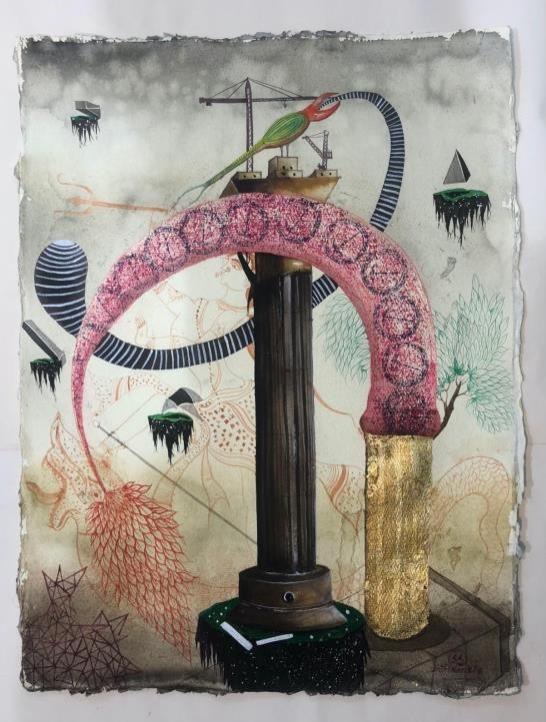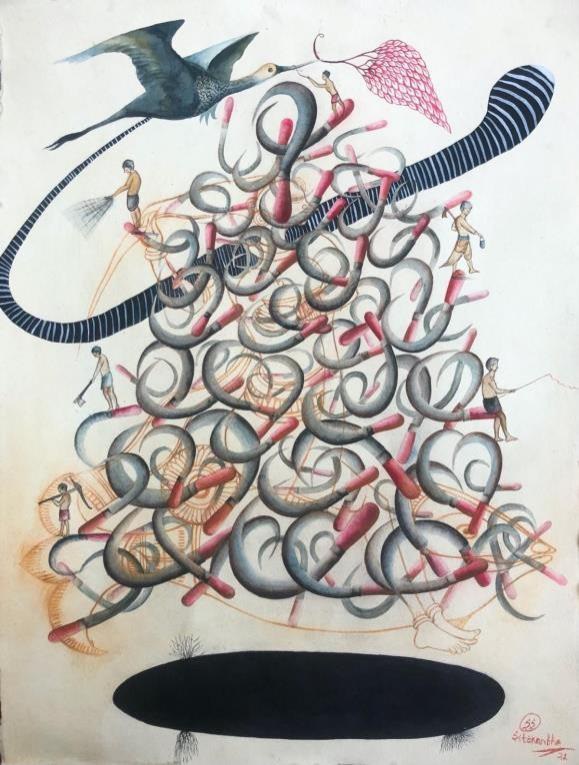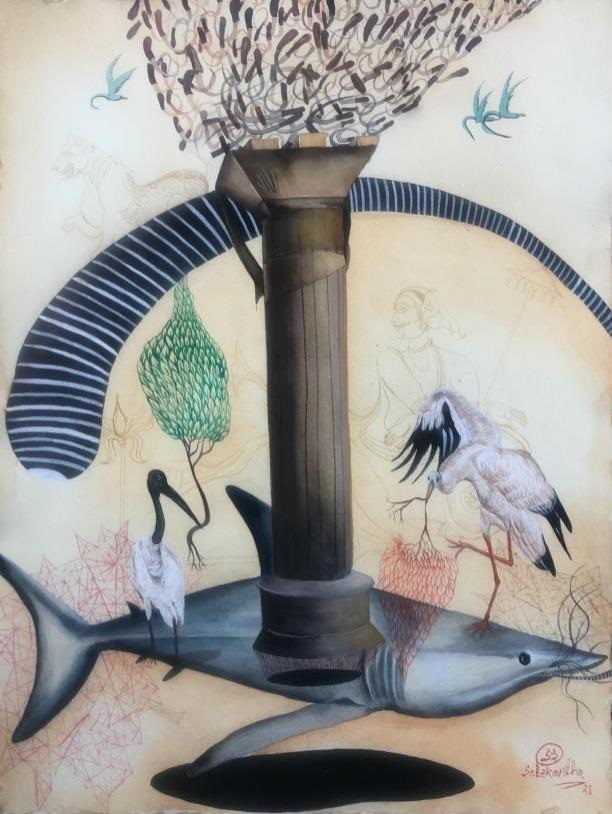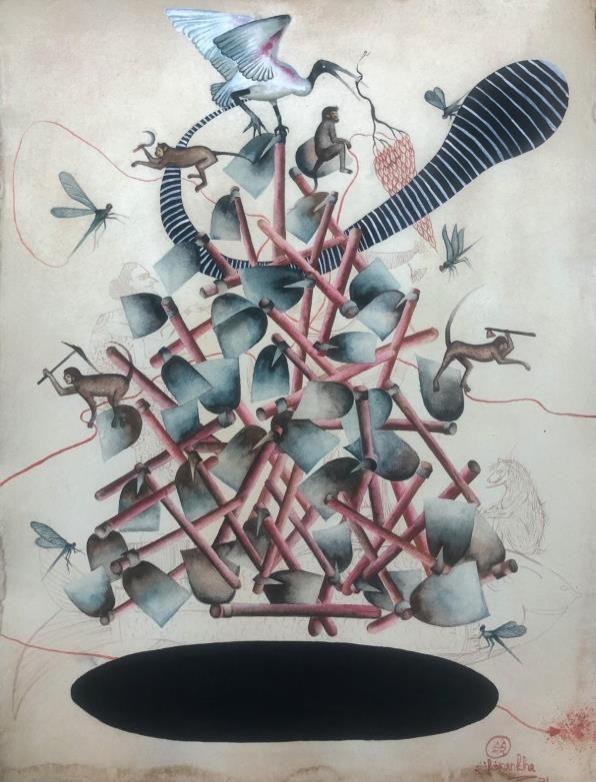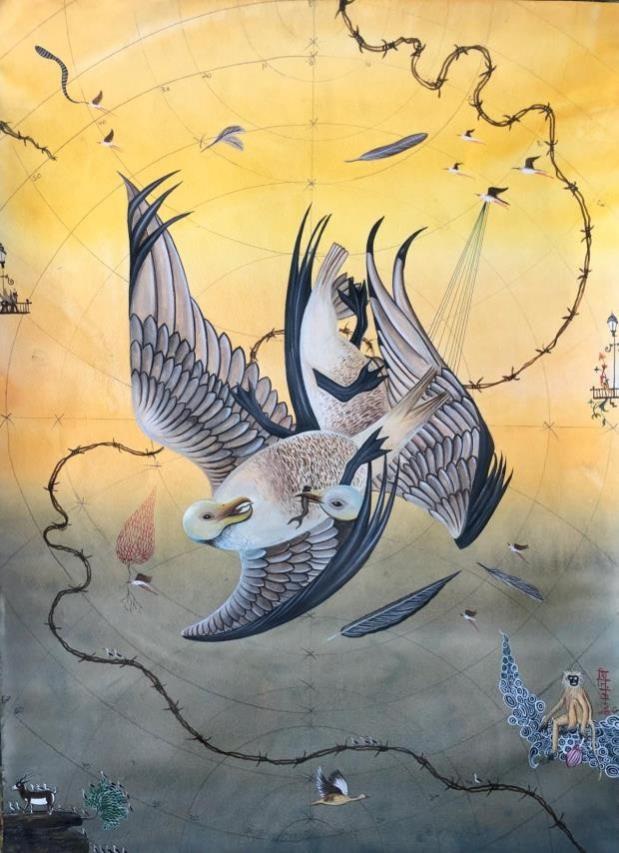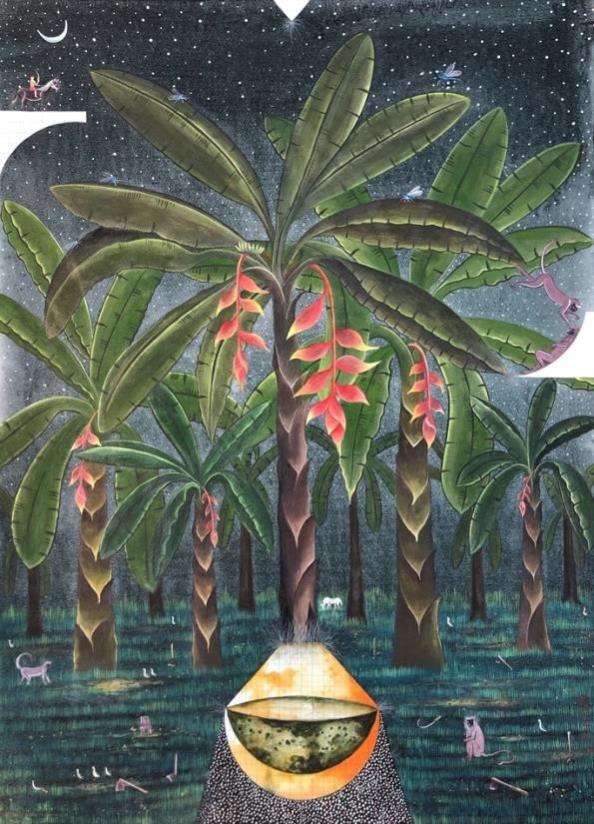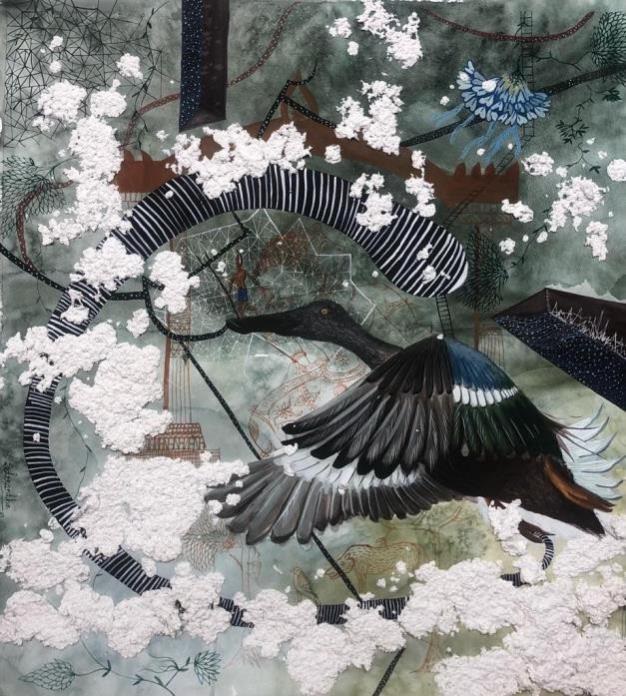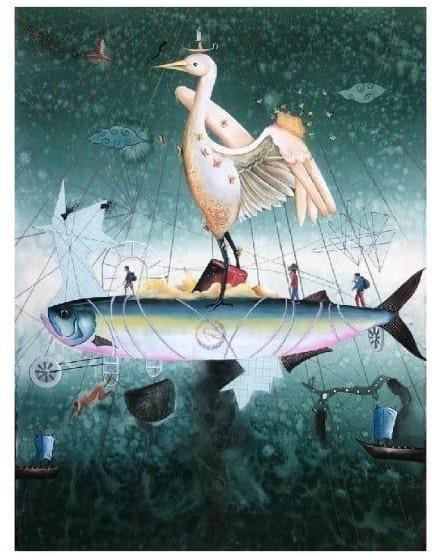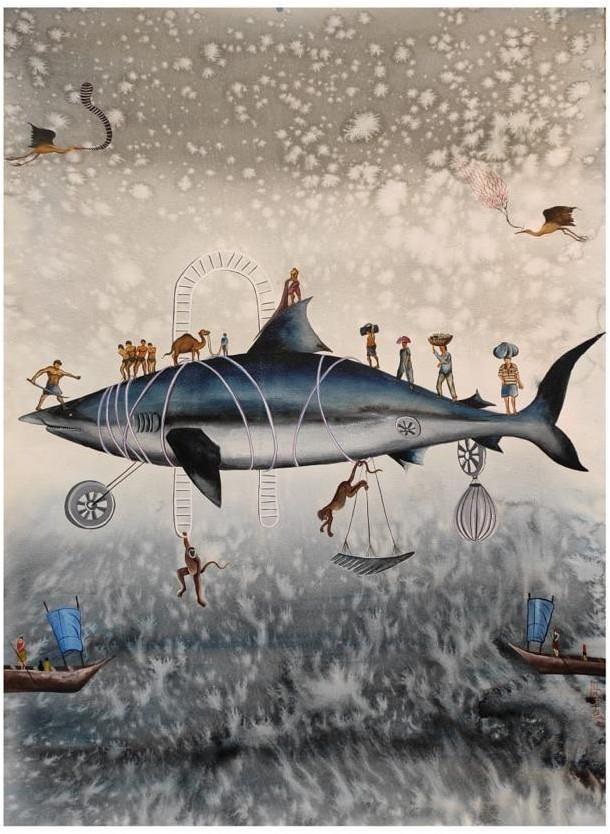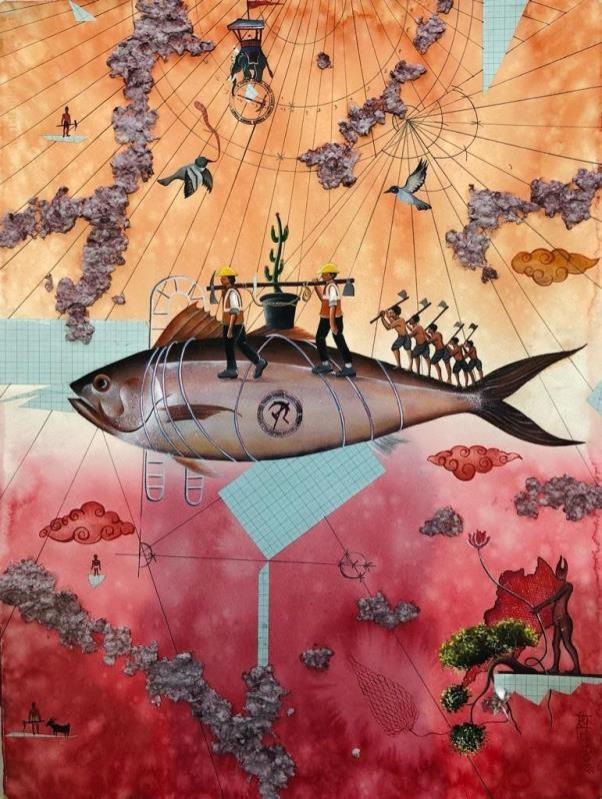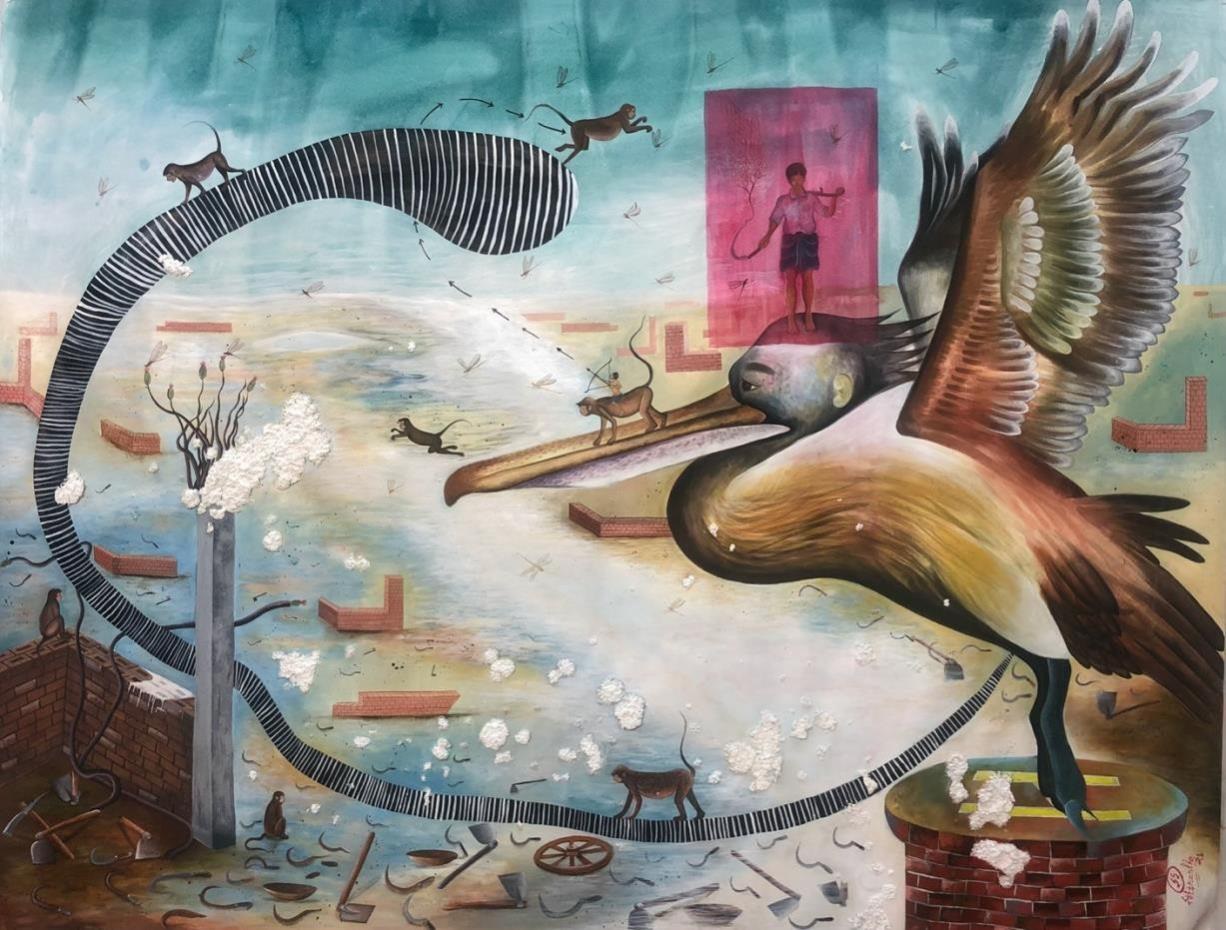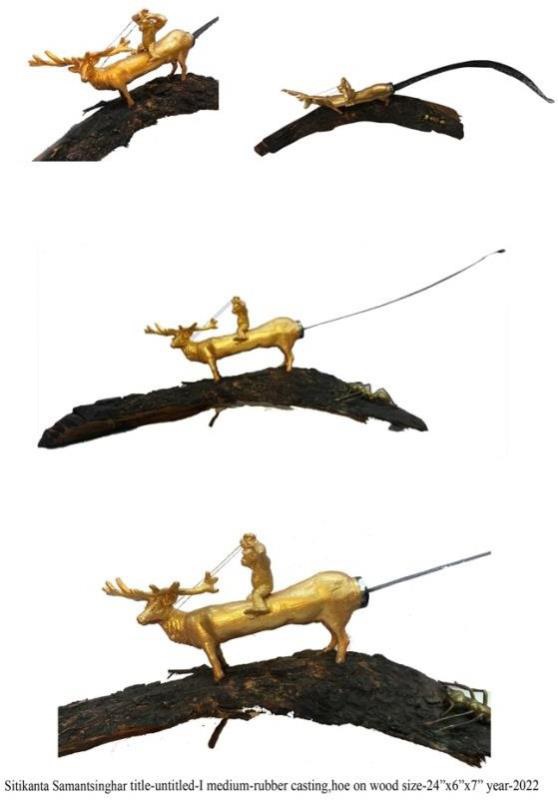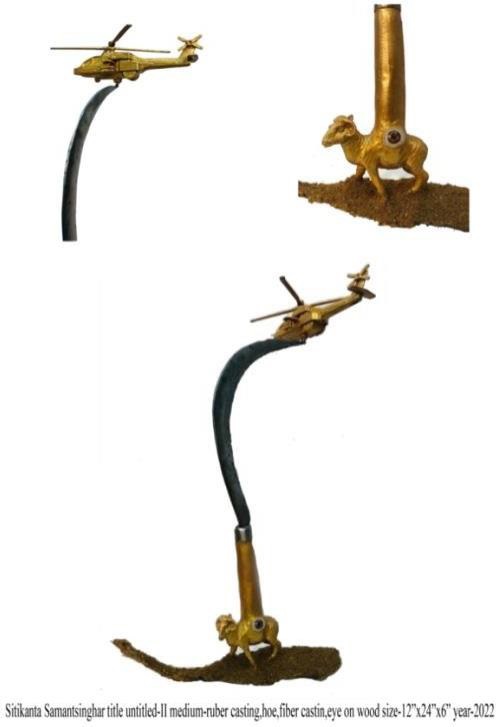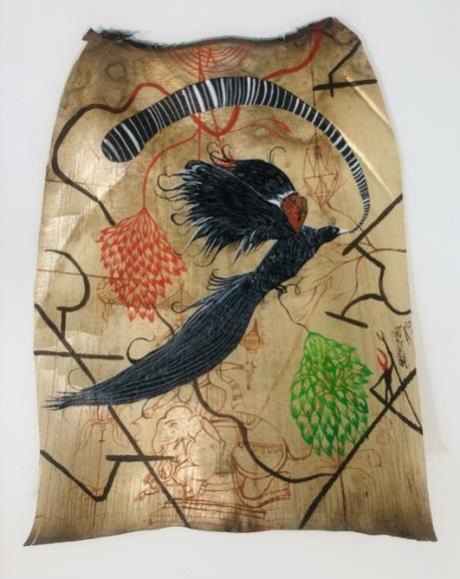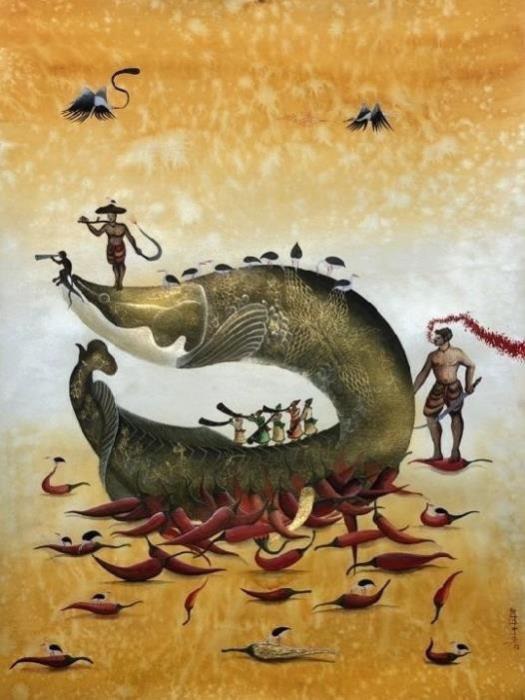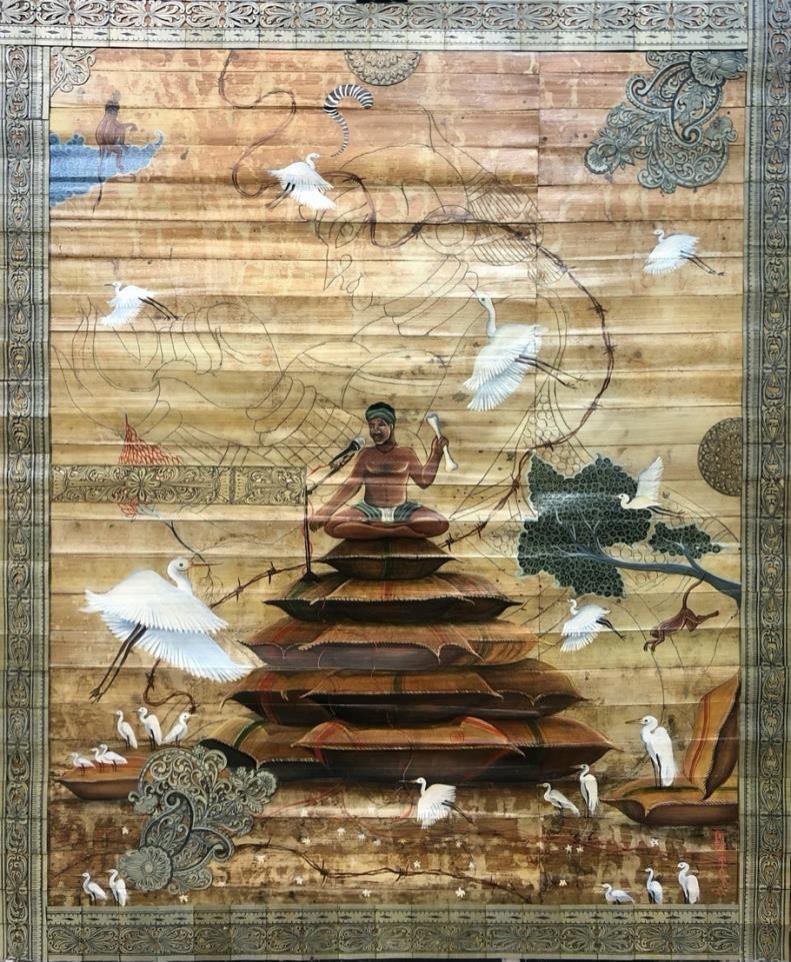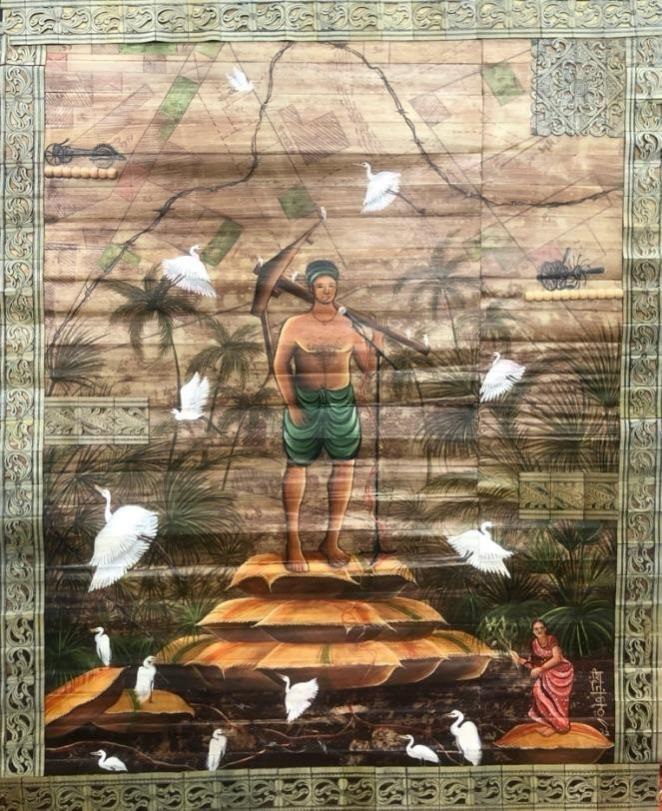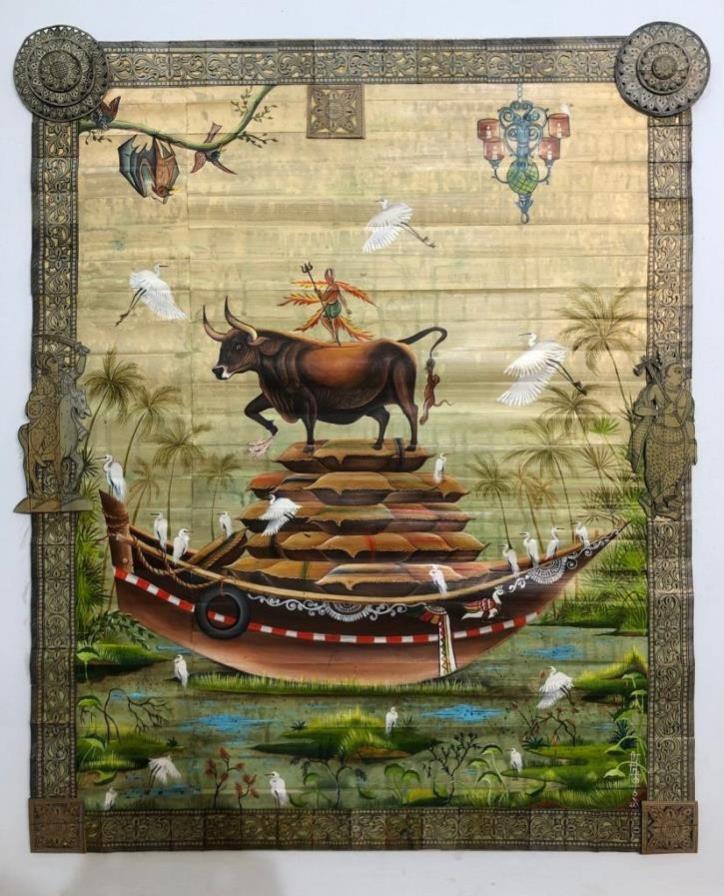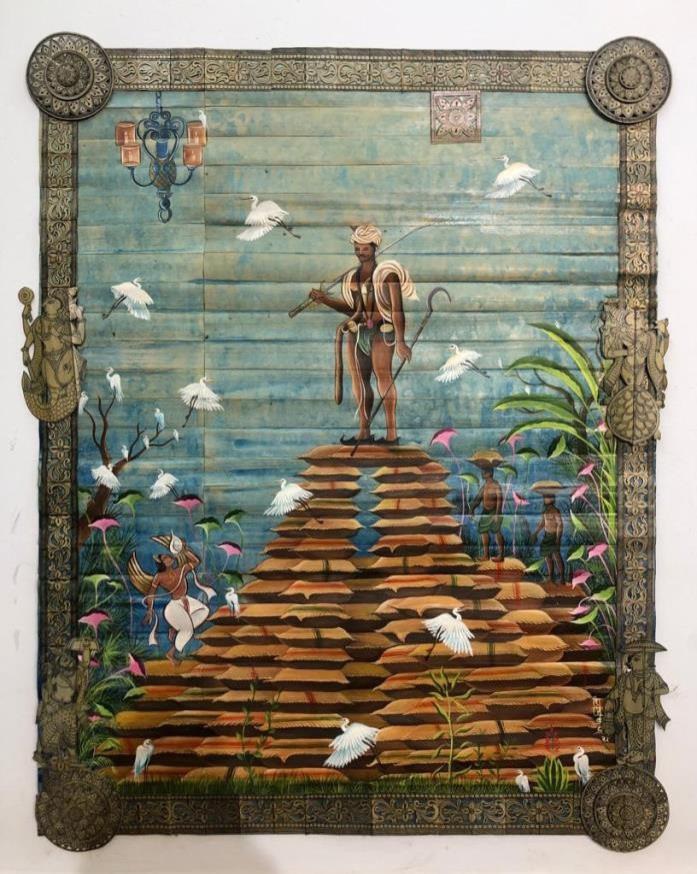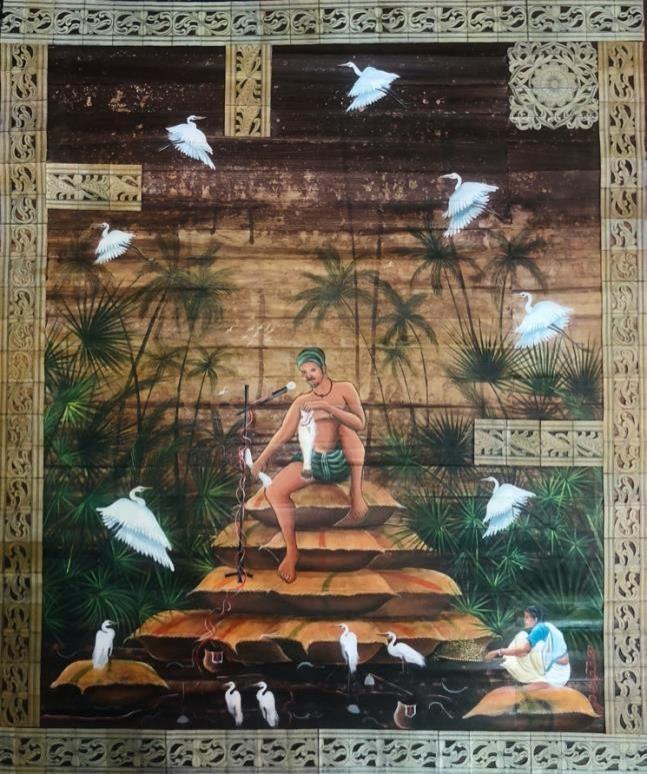Bhaga Chashi Andolan
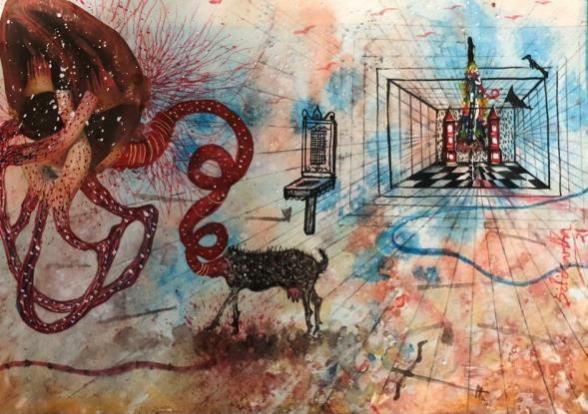
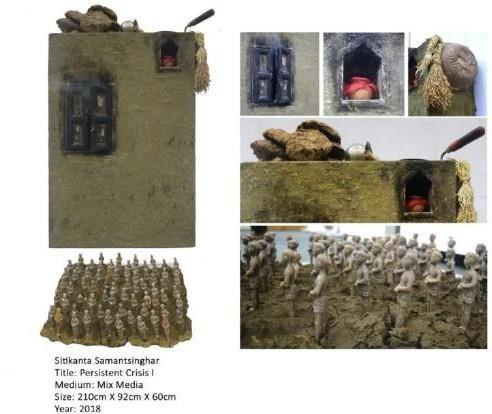
This work shows the story of a farmer, here rostrum symbolizes that the farmer was drag to stress down his voice. The economy has much luminosity on the rural economy for the development and self-sufficiency for the farmer and for the state, but the contemporary India has much disregarded the farmer. Landless farmer hopes for the soar in early October when he saw lush green paddy crop standing on 15 acres he cultivated as a sharecropper. As he told his family that they could repair their house and marry off his daughter after selling the harvest. But unfortunately, a swarm of brown plant hoppers struck. The green leaves turned orange- yellow. Farmer tried fighting the insects, which fed on the rice plants, with pesticides but it did not work.
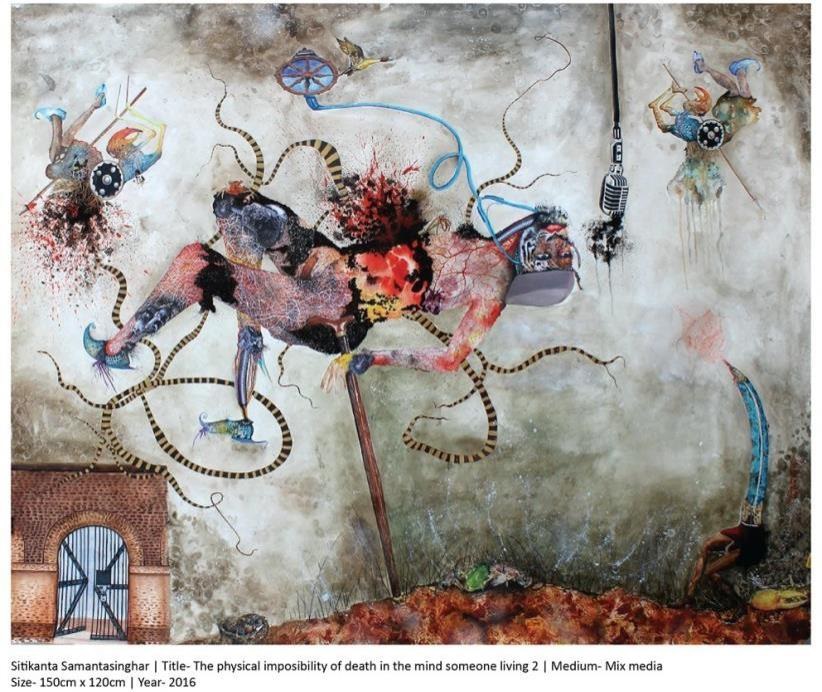
Soon, the leavers were brown and plants were bone dry, signaling the onset of hopper burn, a condition that kills the planta’s the insect sucks these a knew his crop had no chance against the pest and neither did he. According to his family, it was a debt-ridden. Farmer’s desperate bid to catch the government’s attention. The next day, farmer drank poison and died while being taken to hospital. As pest attack is a natural calamity and affected farmers, will be compensated as per Odisha. Odisha farmers are familiar with the brown plant hopper but the infestation is severe this season. Reports of farmers setting fire to paddy fields are coming in from the nine affected districts. The pest attack has dealt a body blow to farmers battling high input costs.Sharecroppers such as farmer often depend on local moneylenders who demand exorbitant rates of interest.

Destruction is always in the mind of human being and sometimes it is over reacted and sometimes less. Whenever, it is getting out of control, that time it comes through the human being. This is another narration of one of our poor farmers in my village who forced to death by landowners of the same village. I have seen this type of violence in my village in my childhood days. It’s a kind of rigorous discrimination by landowners. It was a resist against the Feudalism and the British Rule. But in contemporary India, the farmers are resisting against neo- colonialism and neo- capitalism that caused negative globalization effect. The farmers neither have social security nor prestige. They do not even get the right procurement price for their production. Hence, they demand price, prestige and pension for the farmers.
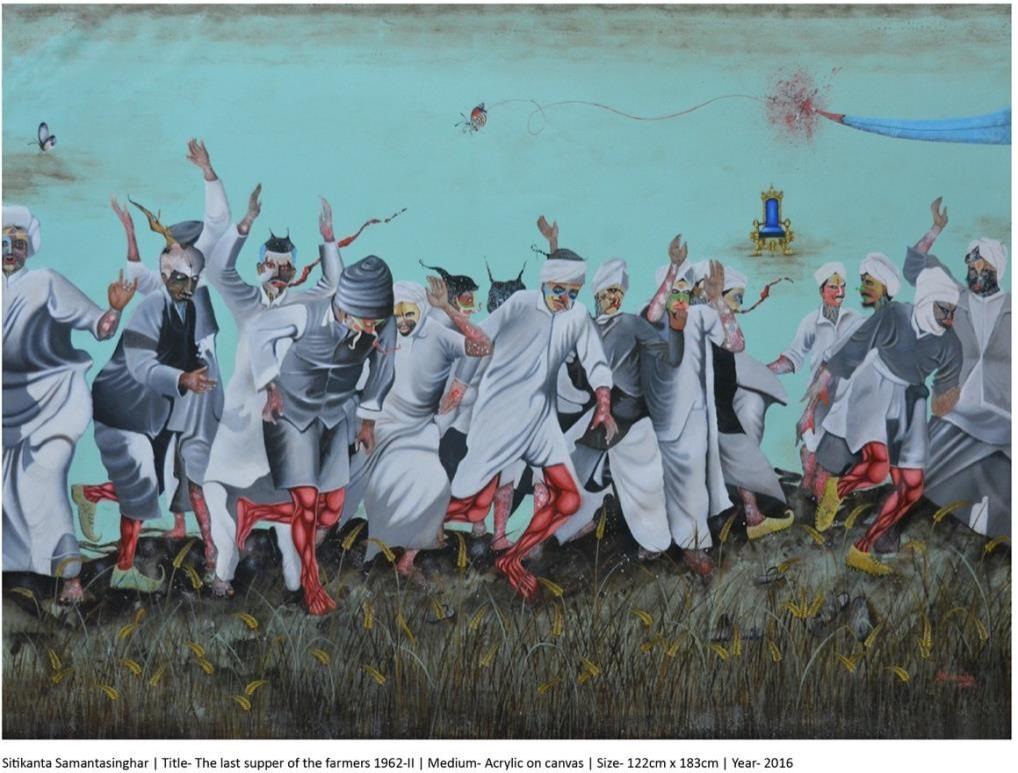
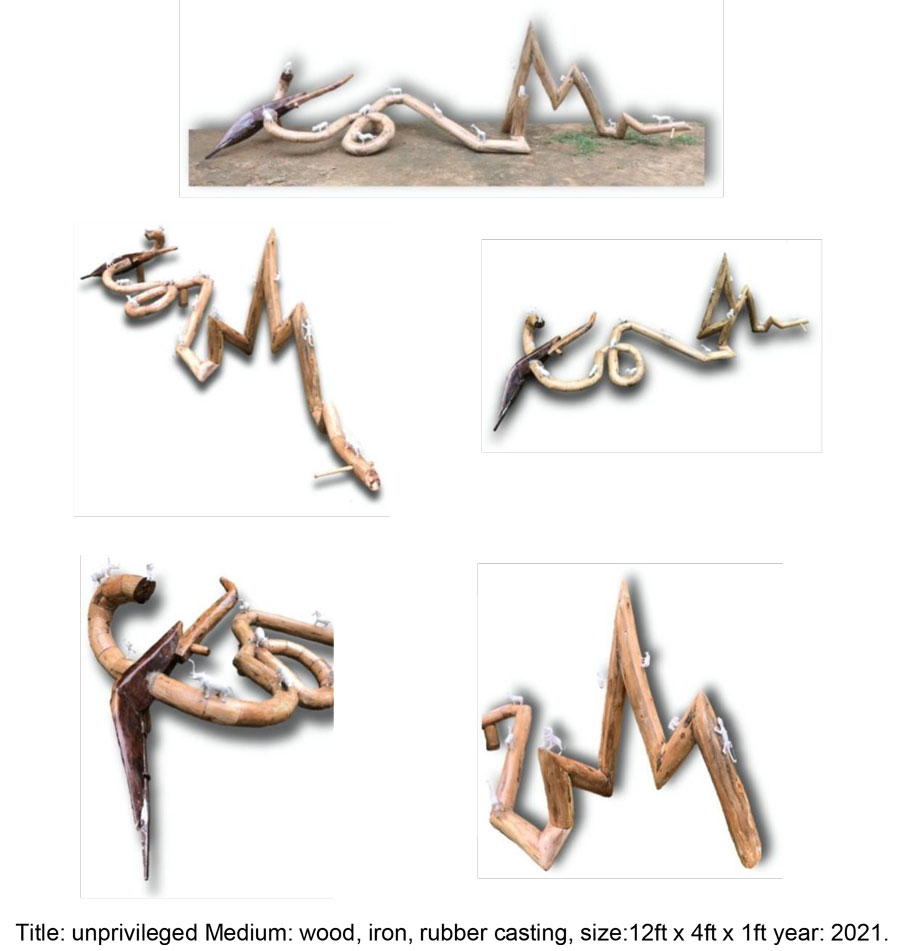
Odisha as a state of natural catastrophe desires special attention and hence special package especially in agricultural sector. So, the demand for the special status to the state of Odisha is neither political nor fiscal, but exclusively social. The land owners have long been depriving the farmers from the wages and the profits earned from the agricultural production. In 1953 the movement took place fighting against the age-old malpractices and to secure the rights of the farmer. The central demand was to ensure that each and every farm egrets’ percentage of the production profit for which they toil in the field around the year. Even today the governmentfailstoensuresocial/agriculturalsecuritytothefarmerwhichis leading to the increasing numbers of suicides within the farmer community.
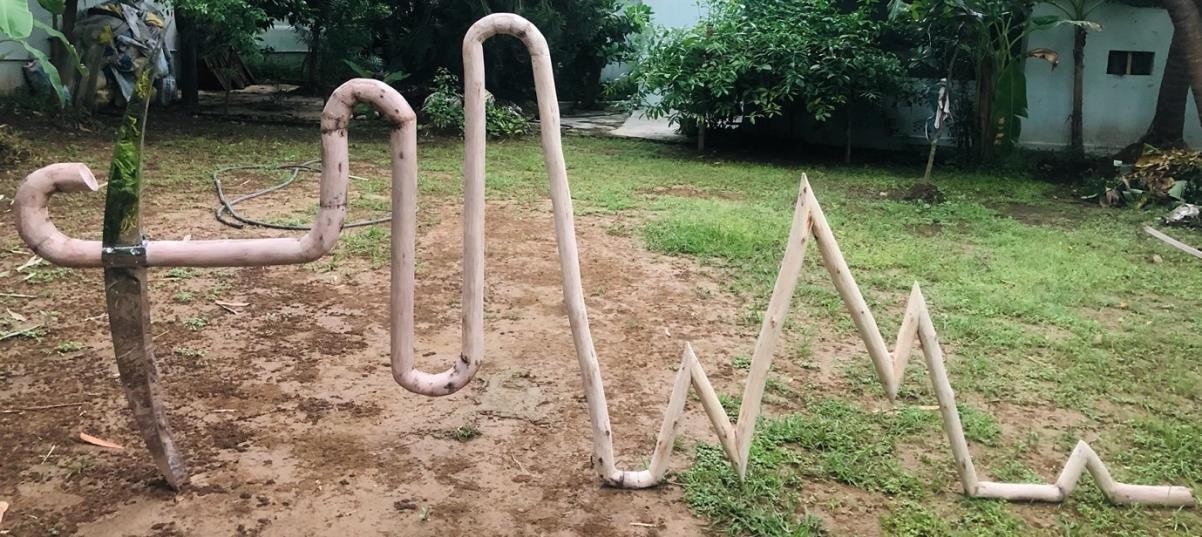
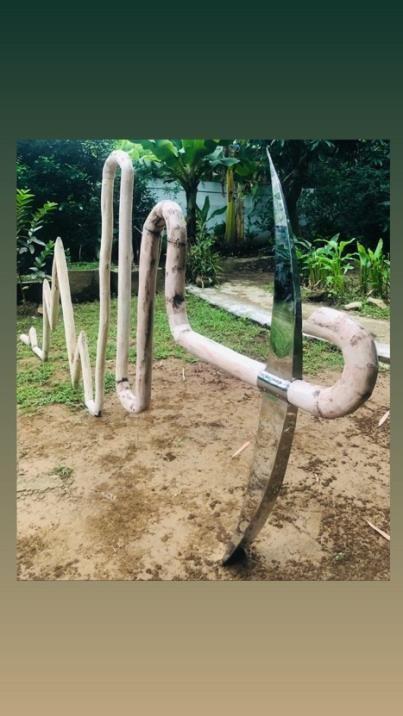
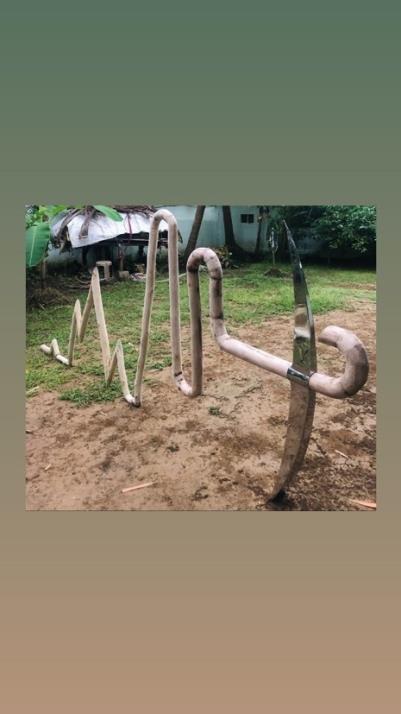
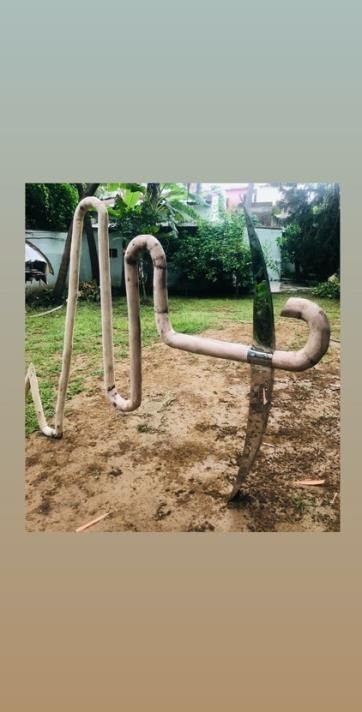
Policy to reach to the beneficiaries. Today the giant challenge for farmers in Odisha is problem of share-cropper, irrigation facilities and more importantly water issue as it remains an inter-state issue. Land owner takes the benefits of Government schemes and the land- tiller becomes a gawp. Moreover, the issue of money lenders becomes a chronic disease. Adding to these natural calamities like farm- locust, drought, flood, off-season rain, thunderstorms, in coastal areas Tsunami like situations and low-pressure maximum time creates havoc for the survival of the Farmers. We need to understand that this is a chronic disease not distress. So, long-term solution must be restored to overcome this challenge.
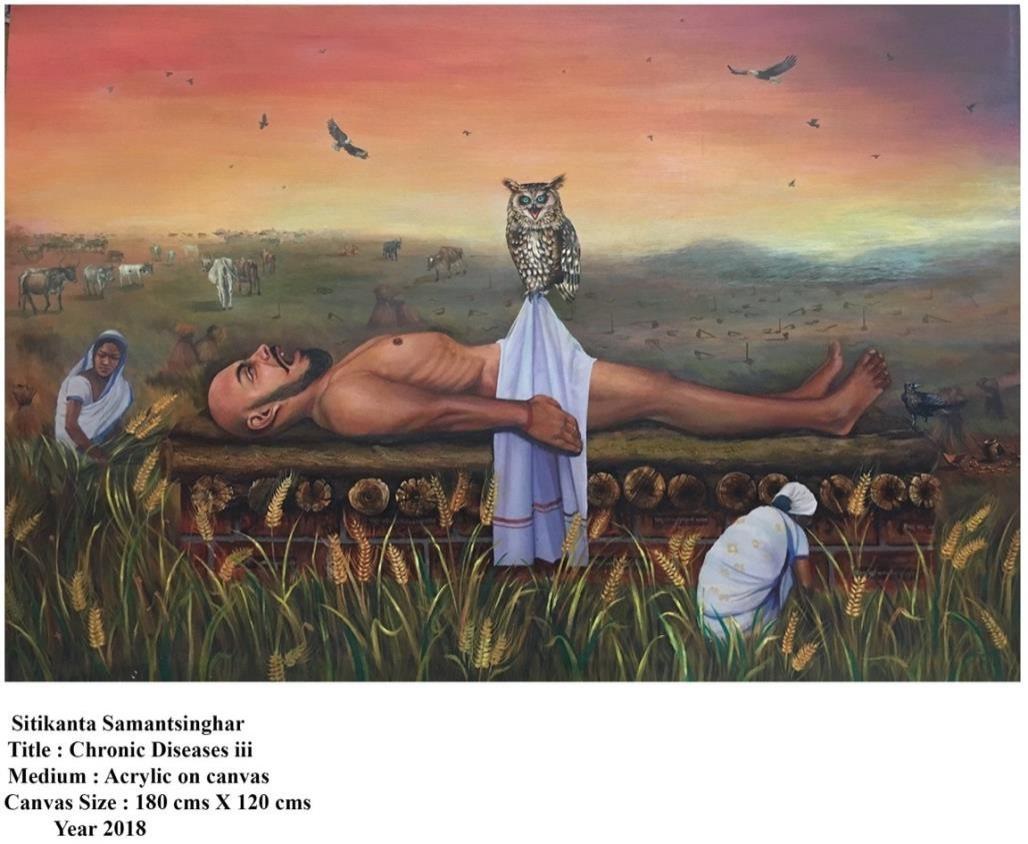
This work shows the story of a killed farmer named ‘Sania’. The killings of farmers were gradually spreading and many farmers mentally forced to death. Many great framers took revolutionary movement in our society which destroys all kind of bad things. It is one type of major part in the life of framers who chooses their path way of life. Here, I depicted the framer which symbolizes the identity of human. At the same time, I compared with failure and success of human life. Some people get success and some people get failure. I narrated this story of my grandfather. Through these framers I looked back at my grandfather’s days and these days were always beautiful.
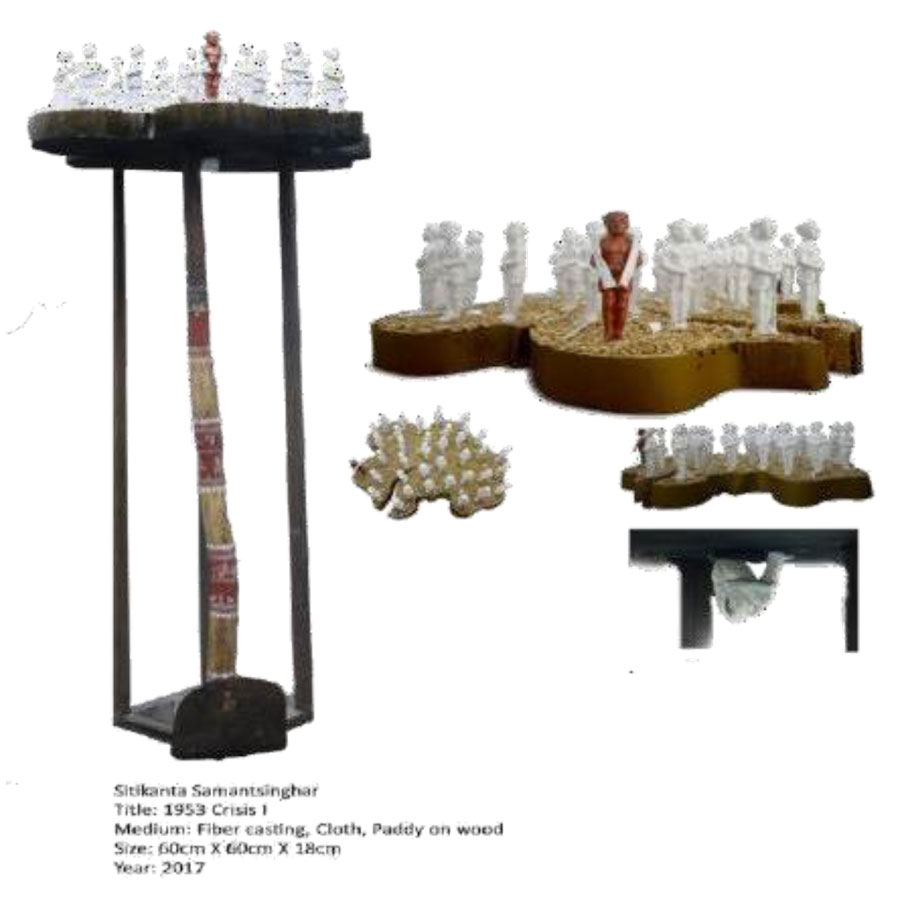
In this work I represent farmer human in an indirect way. The central character of this work represents some of the politicians in Odisha who were not in political profession but later got their position in political profession somewhere, who forgot my grandfather as their political mentor. So, here are the indirect reflections of those politicians who got their political position in metro cities and after the political position in metro cities, they never came back to meet their political mentor. Here, I criticized those politicians who were under my grandfather but after their success in political career they never remembered or met my grandfather. It was a revolutionary movement of farmers in odisha who came as one constructive unit. When one farmer was dead and at that time power of unity came in those farmers.

Narration and destruction are the main objective in this work. I found in my grandfather’s story; destruction has always been at the behind of his narration. That’s why; I wanted to put both narration and destruction within one frame. The life of a human is sometimes like crab. This work shows that if some person wants to grow in his own way will never get the chance to grow up by others. They always pull the leg from the backside. So, it seems like they were always a part of destruction. Neither they want to grow nor do they give opportunity to others to grow. At that time someone said to my grandfather “your Indian beach dogs”, when he struggled for his farmers in jail. Being in jail he also completed his doctor degree.

On one hand the farmer’s suicide in Odisha is in smaller quantity as compared to other state but on rampant and a short period solution only. The number of farmers committed suicide has reached to 2600.The Official mechanism has not recognized the most of farmer’s suicides is the product of agricultural phenomenon in Odisha. They have reported that lots of farmer has committed suicide due to the non-•‐ agricultural and non-•‐creditable but they have forced to do this for their family disputes and other issues.
Perhaps the government is endeavoring to disprove the Emile Durkheim theories of farmer suicide. But later on, the Agricultural Minister has urged in the assembly that the imperatives of farmer suicide are the exploitation by the indigenous bankers and failure of state credit
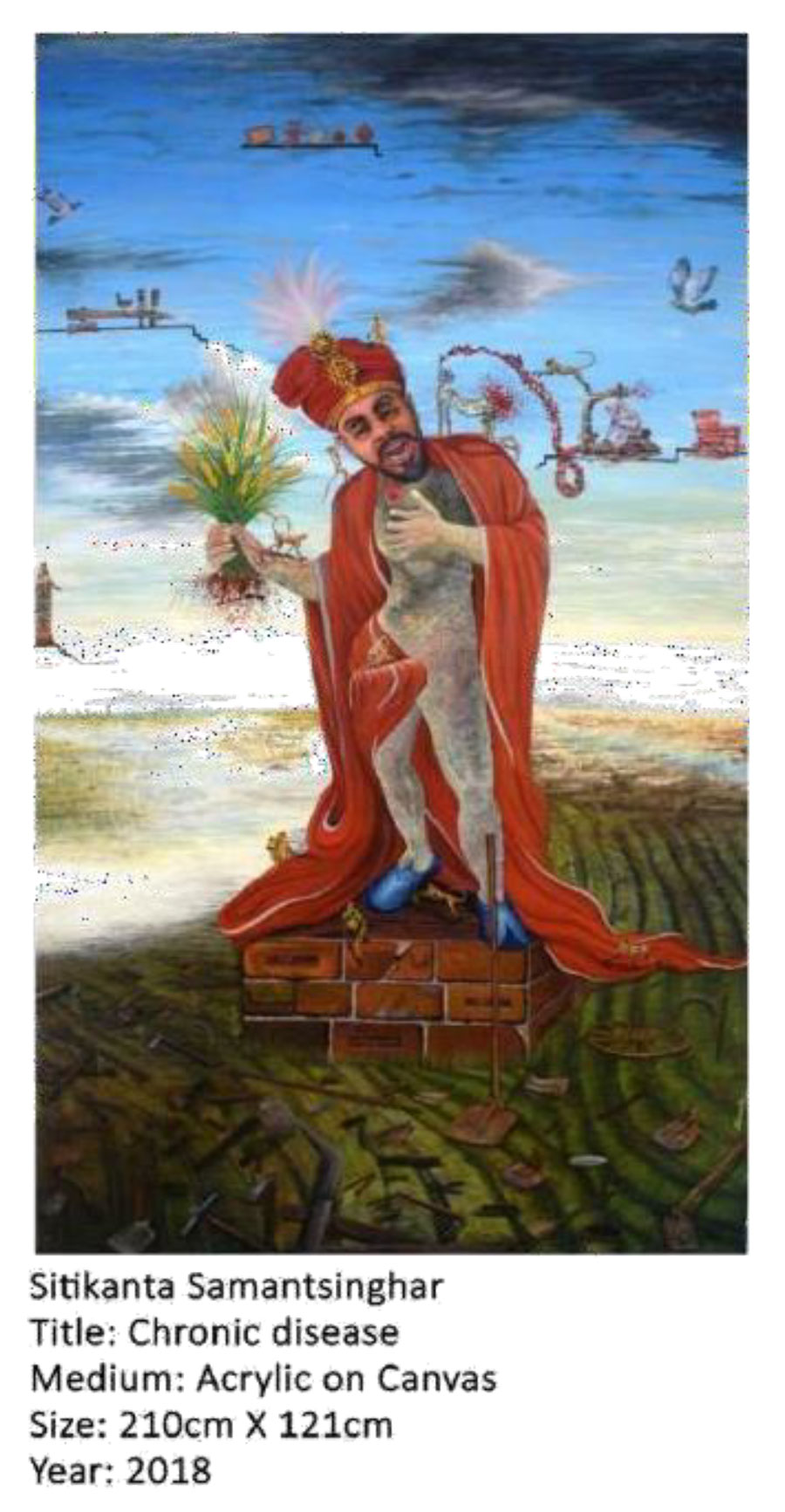
This work shows that the farmer was allegedly forced to take the extreme step as erratic power supply had turned his deep bore well pump almost defunct and he could not irrigate his land, on which he had grown cauliflower, green chili and other vegetables. Scorching heat had destroyed crop, as there was no water to irrigate the fields. But suicides continue to take place in the district. Farmer daughter-•‐in-•‐law Sabitri said: “My father-•‐in-•‐law was tense following long power cuts in the area and the general phenomenon of low voltage. Though we have a bore well, we could not operate it because of lack of power supply. Yesterday morning when he went to irrigate the fields, the pump did not work because of low voltage. He lost his mental balance as he had taken a loan to raise crops. He was depressed and committed suicide by taking poison.”

This work shows that expressionism emerged simultaneously in various cities across Odisha as a response to widespread anxiety about humanity increasingly discordant relationships with the farmers and accompanies lost feelings of authenticity and spirituality. The style and vision erupted as a response to the major changes in the atmosphere of society. It was also a critical precursor in 1953. This painting deals on my grandfather’s life history and all about his small and big incidents. He was involved in all type political activities, everyday life style, and dealing with people as well. All most all the time I am influenced from his ideology, behavior, attitude and activity. Rice bag symbolize to increases of farmer issues day by day.
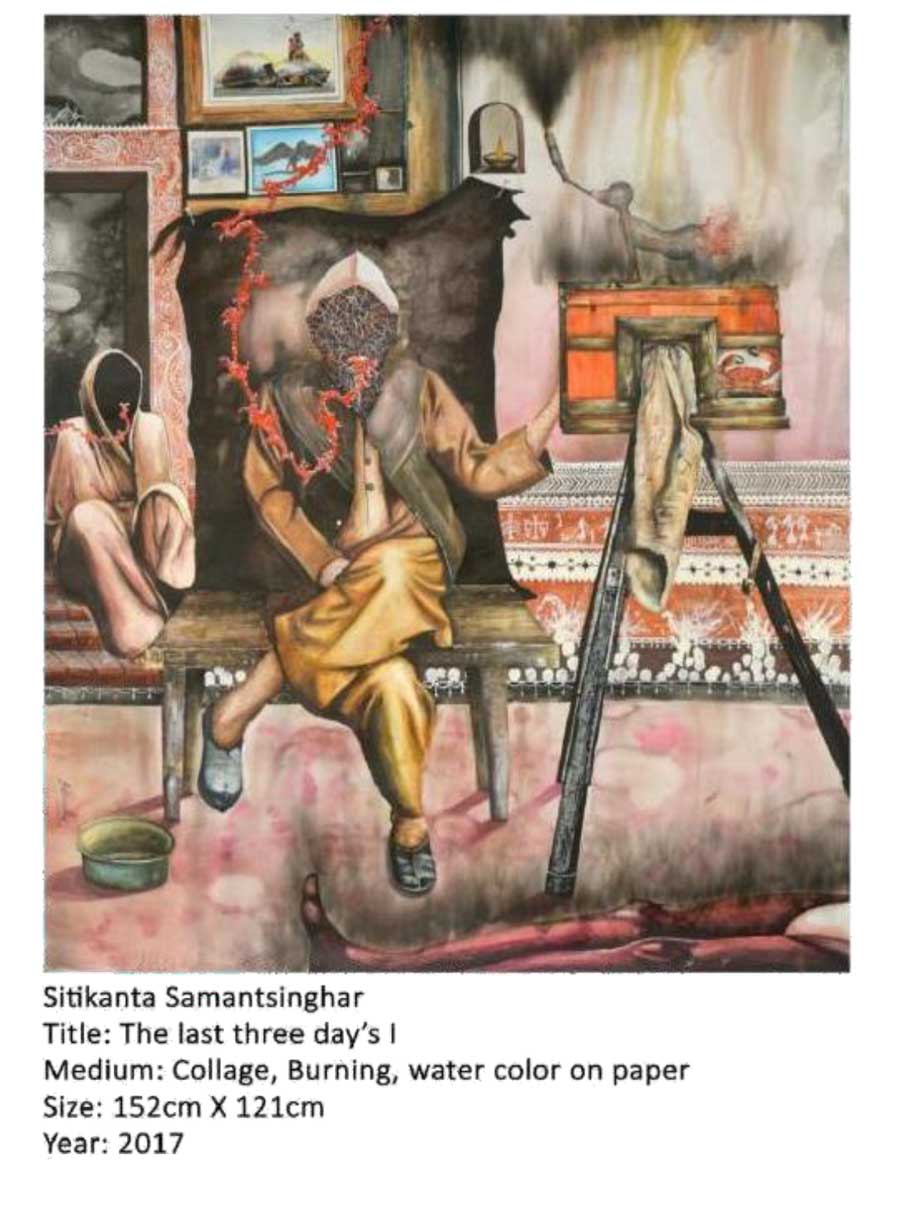
Many great farmers take revolutionary movement in ours ociety which destroys all kind of bad things. It is one type of major part in the life of farmers chooses as their path of life. During that time life of the farmers was majorly affected by the killing of a poor farmer named Sania. In this, framers took great step along with my grandfather against the exploitation done to the farmers. Here, I depicted the framers which symbolize the identity of human. Since the death, the body was hold for three days in that place for the revolutionary movement in Odisha.
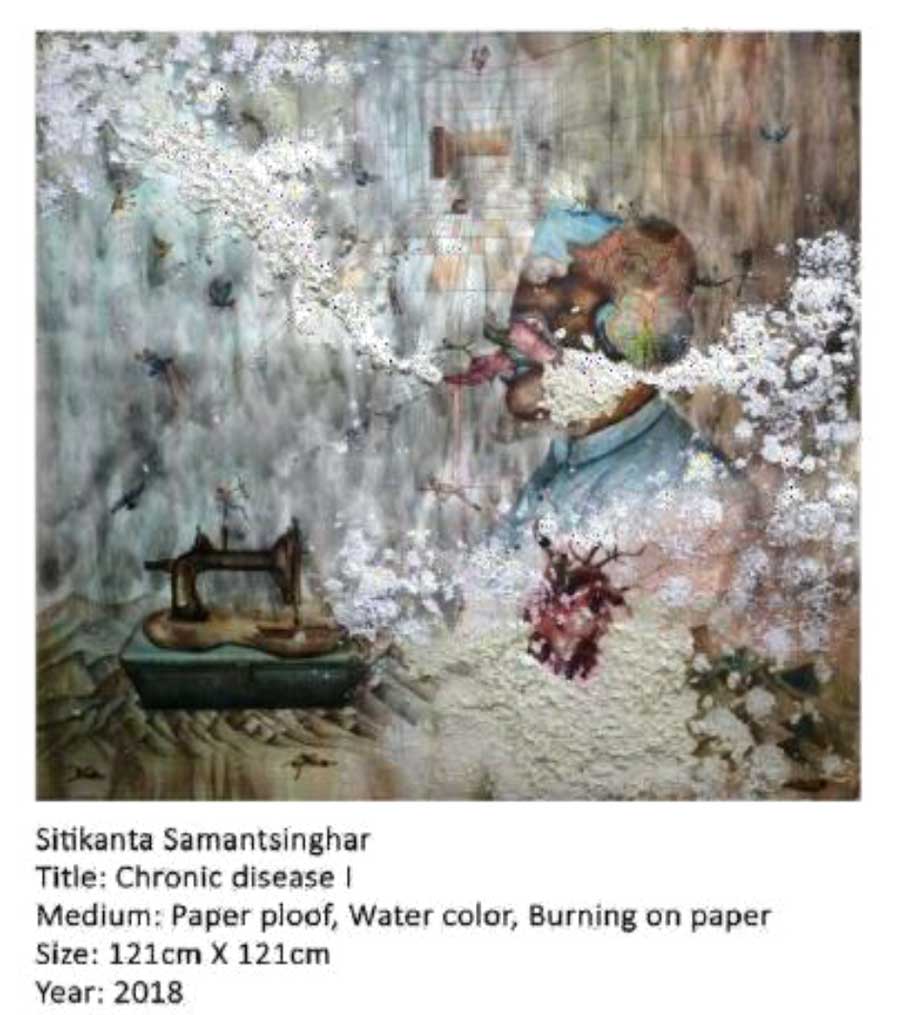
I narrated the story of my grandfather. This work shows beautiful objects. They always look beautiful wherever you keep, it doesn’t matter. Through this work I looked back at my grandfather’s days and these days were always beautiful. My father gave example about my grandfather’s story and he also talk about the unprivileged farmers of my state. He says that many farmers are paid according to their working days and the land owners have long been depriving the farmers from the wages and the profits earned from the agricultural production.
This work shows the story of a farmer, here rostrum symbolize that the farmer was drag to stress down his voice. This was gradually spreading and many farmers were mentally forced to death. I also depicted a message given by chief minister of Odisha to my grandfather in which he called my grandfather “The Farmer’s Boy”.

As if their litany of woes was not enough, farmers in Odisha are now grappling with the Pest-•‐menace which is forcing them to set their standing crops on fire in agitation seeking Immediate assistance from the State government. After farmers from Sambalpur and Bargarh districts set their crops afire earlier this week, a farmer of Gajilguda village near Gunupur in Rayagada district today set damaged crops in his eight-acre land on fire.
Similarly, farmers of Limakudia under Ganjam district too set their pest-•‐infested crops on Fire today. The series of protests by farmers follows the death of farmer Brunda Sahu of Kalapani in Bargarh who allegedly committed suicide on Wednesday after torching his Standing crops which were damaged by pests.It was the third such death of a farmer over Crop failure in the district in a span of seven days.

Farmers’ suicides are nothing new in India. But it is a comparatively newer phenomenon in Odisha, the state that thought that it was immune to farmers’ suicides till the last decade of the 20th century. Paddy being the major crop in the state, it was believed that paddy farmers did not have to commit suicide. But farmers did commit suicide, in the 1990s and in the first decade of this century. In fact, 2015 saw an unprecedented number of farmers’ suicides in Odisha when more than 200 farmers killed themselves. Why did the farmers kill themselves? While civil society and the media started coming up with reasons for farmers’ suicides, as per established arguments of crop loss due to drought, debt burden, the pressure to repay, poverty and lack of safety nets, the state government came out with a different set of reasons like family quarrels, failed love affairs, disabled children, disease burden of family members, insanity and impotency. The thrust of the government argument was that those who committed suicide were farmers, but they did not commit suicides for reasons related to farming.
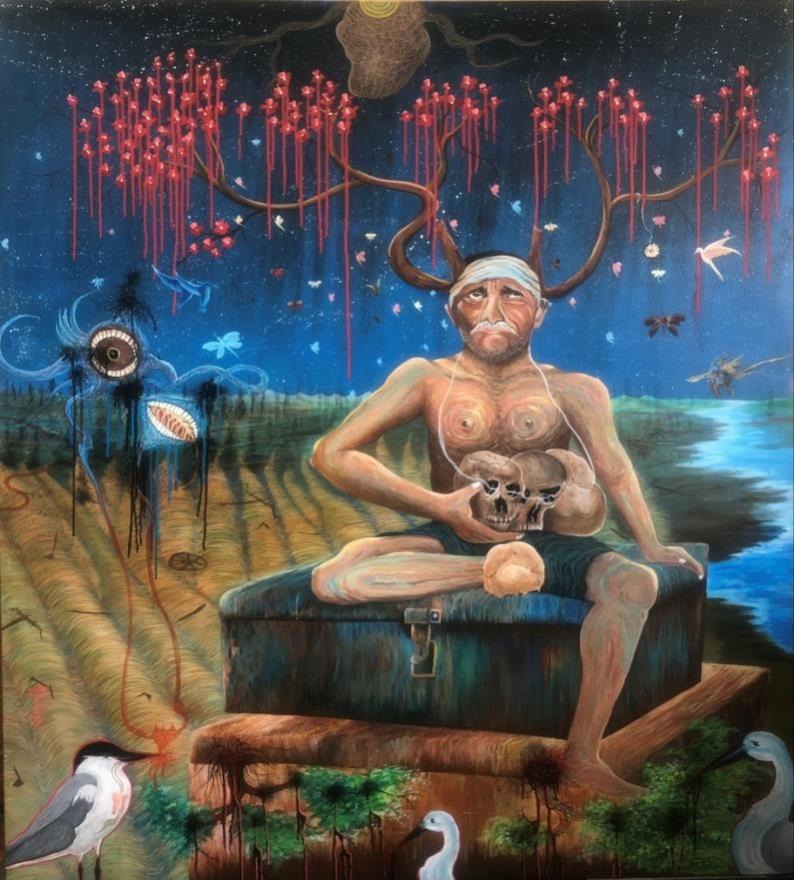
It is ‘slash and burn’ agriculture. Farmers clear a patch of land and produce cereals and other food crops to sustain their family. When the soil fertility decreases, the farmers shift and clear a fresh patch of land for cultivation. This type of shifting allows Nature to replenish the fertility of the soil through natural processes; land productivity in this type of agriculture is low as the farmer does not use fertilizers or other modern inputs. It is known by different names in different parts. Two-•‐thirds of its population is engaged in agricultural activities. Agriculture is a primary activity, which produces most of the food that we consume. Besides food grains, it also produces raw material for various industries.
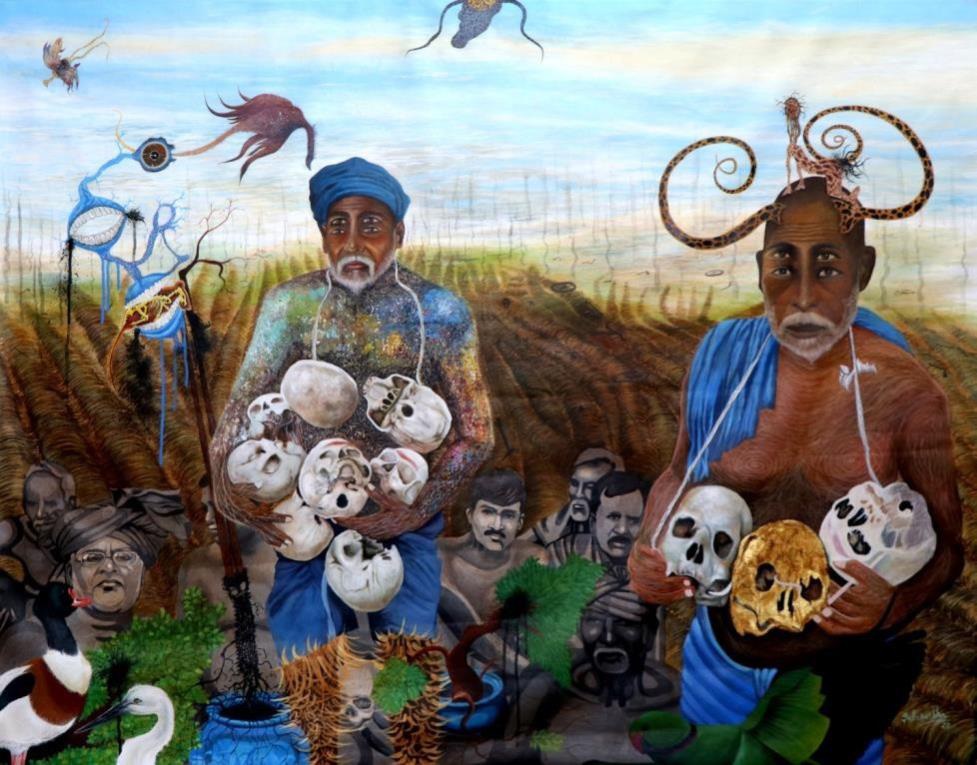
Farmers from Tamil Nadu who had been protesting at Jantar Mantar, wearing green dhotis and carrying skulls of allegedly other farmers who have committed suicide in the face of what has been reportedly called one of the worst droughts in the states, have temporarily called off their movement. They claim that the skulls belong to fellow farmers, who had committed suicide because of the adverse conditions in Tamil Nadu. More than 106 farmers had committed suicide in a month because of the worst draught to hit the state in more than a century, combined with debt due to high input costs.
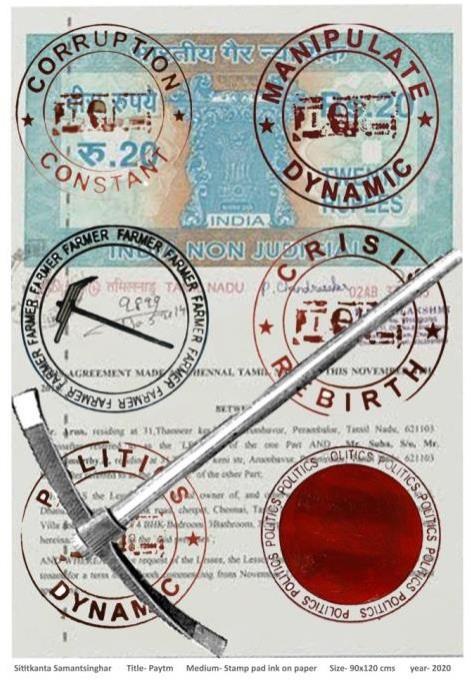
The government does mention doubling farm incomes, but fails to mention whether it is gross income or net income. Gross income can increase if a farmer grows a cash crop with high debt, without taking care of the family’s food and nutritional security. But in this case, the net income will go down. More often than not, with high debt, the net income will be negative. Net negative incomes are at the root of the debt crisis and the epidemic of farmer suicides.Partial debt relief is equivalent to mopping the water leaking from a broken
bucket. Our agriculture is broken because it is driven by increasing profits for the seed and chemical industry, not by concerns for the sustainability of the soil, the biodiversity, the water, and the sustainable livelihoods of our small farmers.

The farmers had initially said they would be on hunger strike, but have started eating at the behest of politicians and other volunteers who have gathered in solidarity of the farmers.Many of the protesting farmers are over 50 years of age and suffer from blood sugar, blood pressure and respiratory problems. “We do not know if the politicians will really work in our favor or not. They have said they will. So, we are waiting, with hope; we have no other option,” said one of the farmers.
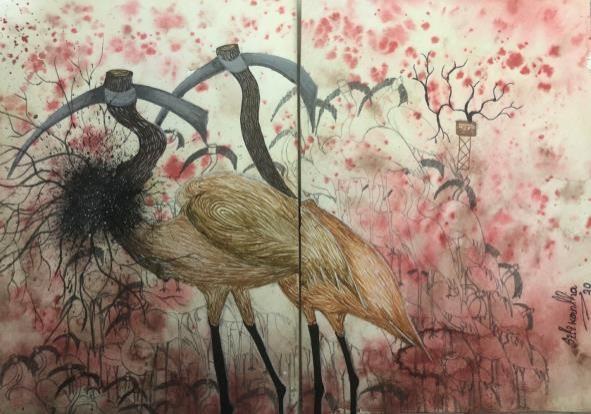

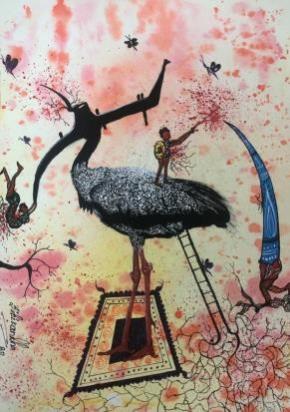
While farmers do need credit, they do not need to be pushed into a debt trap through imposition of costly inputs. Farmers also need fair and just prices. They need support of public policy extension for sustainable, ecological agriculture that increases the resilience of the soil and cropping system to draught and climate change, and increases the nutrition per acre and net income per acre.
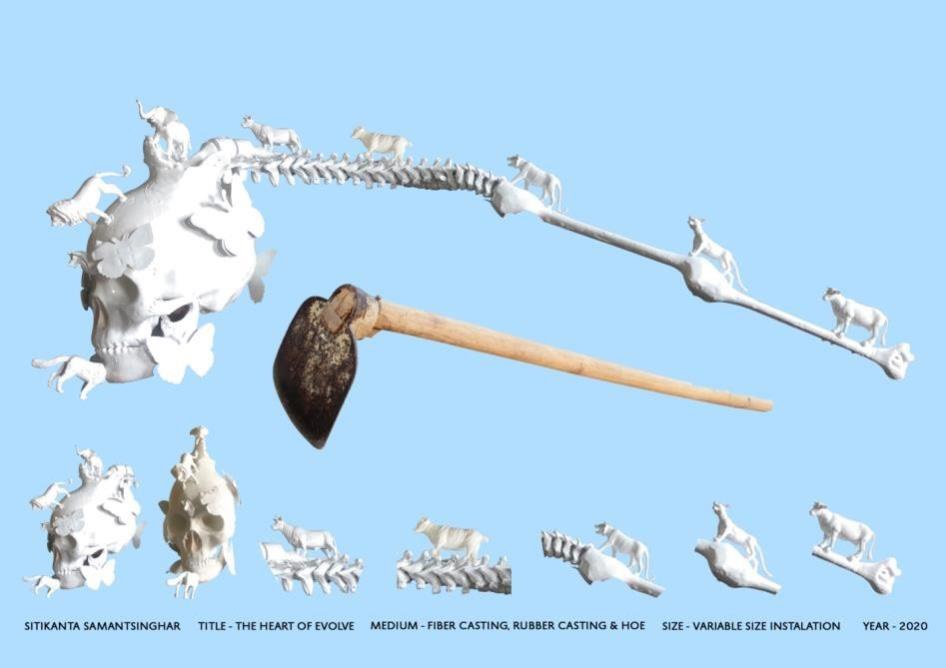
Lack of Rainfall in the Southern part of India. One of the Major natural disasters in recent times. Problems caused by Karnataka Govt in the release of Water. Moreover, Lack of Support from neighborhood states for water. There is not stable support by the govt of State and central for the betterment of farmers is also one of the Major problems for the disaster of agriculture. To overcome this issue govt should provide interest free loan for the farmers for well construction and providing farmers with yielding crops at low price and in case of flood disaster a separate committee should be framed and those natural disasters should be funded in proper way. Due to Rapid Urbanization most of the cultivable lands are converted into construction place. Approval for construction in agriculture land should be avoided. Construction on apartments and factories near the agriculture land should be minimized to avoid the contamination of harmful stuff to the land which affects the fertility of the soil. Methane project should be immediately stopped for the betterment and for the survive of agriculture in Tamilnadu.

